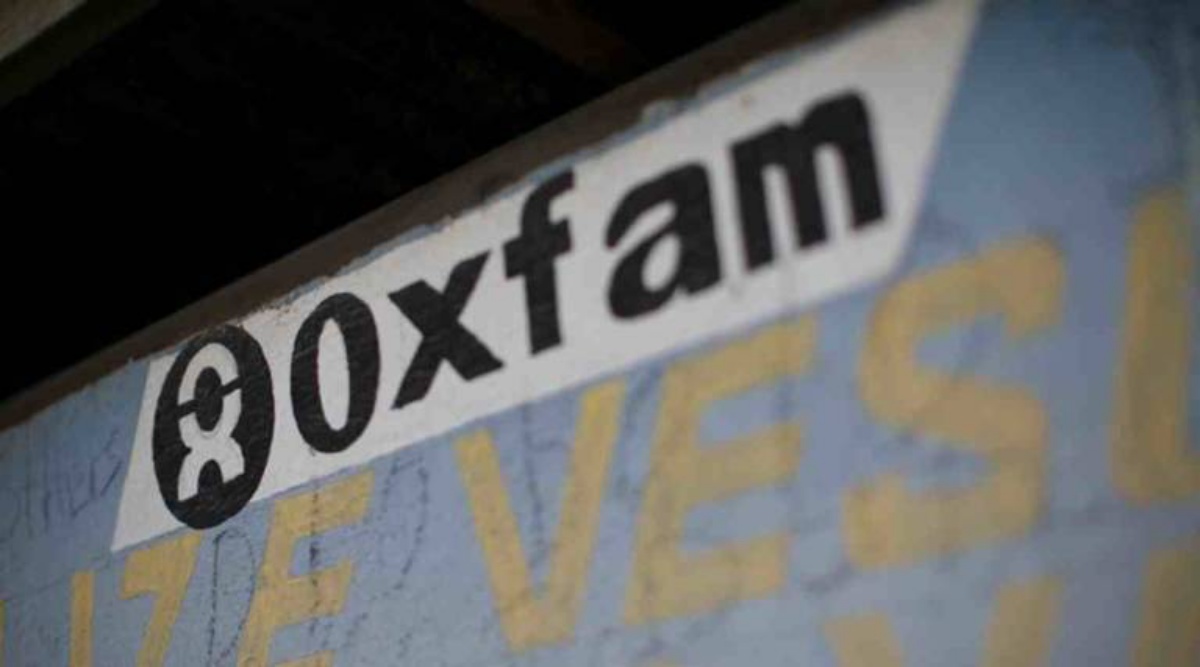Oxfam India’s report on inequality in India released on Monday finds that just 5 per cent of Indians own more than 60 per cent of the country’s wealth, while the bottom 50 per cent of the population possess only 3 per cent of the wealth.
The report, “Survival of the Richest: The India story”, also says that between 2012 and 2021, 40 per cent of the wealth created in India has gone to just 1 per cent of the population and only a mere 3 per cent of the wealth has gone to the bottom 50 per cent, adding that the total number of billionaires in India increased from 102 in 2020 to 166 billionaires in 2022.
 Read | FCRA violations: MHA recommends CBI probe against Oxfam India
Read | FCRA violations: MHA recommends CBI probe against Oxfam India
The combined wealth of India’s 100 richest has touched $660 billion (Rs 54.12 lakh crore) — an amount that could fund the entire Union Budget for more than 18 months, the report stated.
“While the country suffers from multiple crises like hunger, unemployment, inflation and health calamities, India’s billionaires are doing extremely well for themselves. The poor, meanwhile, in India are unable to afford even basic necessities to survive. The number of hungry Indians increased to 350 million in 2022 from 190 million in 2018. The widespread hunger is resulting in 65 per cent of the deaths among children under the age of 5 in 2022, according to the Union Government’s submission to the Supreme Court,” Amitabh Behar, CEO of Oxfam India, said.
The wealth of the top 10 richest in India stands at Rs 27.52 lakh crore ($335.7 billion, an increase of around $110 billion which is an 32.8 per cent rise from 2021).
“Following the pandemic in 2019, the bottom 50 per cent of the population have continued to see their wealth chipped away. By 2020, their income share was estimated to have fallen to only 13 per cent of the national income and have less than 3 per cent of the wealth. Its impact has been exceptionally poor diet, increase in debt and deaths. This is in stark contrast to the top 30 per cent, who own more than 90 per cent of the wealth, with the top 10 per cent owning more than 80 per cent of the wealth concentrated in the top three deciles. The wealthiest 10 per cent own more than 72 per cent of wealth, and the top 5 per cent own nearly 62 per cent of the total wealth, which is higher than the pre-pandemic years (2018-19), and the top 1 per cent own more than 13 times the wealth owned by the bottom half of the society, with nearly 40.6 per cent of the total wealth in India,” finds the report.
Oxfam adds that India has the world’s highest number of poor at 228.9 million. On the other hand, the total number of billionaires in India increased from 102 in 2020 to 166 billionaires in 2022.
“Before the pandemic, in 2019, the Central Government reduced the corporate tax slabs from 30 per cent to 22 per cent, with newly incorporated companies paying a lower percentage (15 per cent). This new taxation policy resulted in a total loss of INR 1.84 lakh crore and had a significant role in the 10 per cent downward revision of tax revenue estimates in 2019-20. To increase revenue, the Union Government adopted a policy of hiking the Goods and Services Tax (GST) and excise duties on diesel and petrol while simultaneously cutting down on exemptions. The indirect nature of both the GST and fuel taxes make them regressive, which invariably burdens the most marginalized,” it has said.
The Ministry of Statistics and Programme Implementation reported that the all-India inflation rates based on both CPI (Consumer Price Index) (General) and CFPI (Consumer Food Price Index) were consistently higher in rural India (7.56 per cent than urban India (7.27 per cent) in September 2022.
“Though overall inflation declined in October, the gap between rural and urban inflation only widened, reaching nearly 2.5 times the gap in September 2022. Moreover, the weightage for “food products” in the inflation calculation is nearly double in rural India compared to urban India reflecting how food inflation in rural India has primarily driven the average increase in prices of commodities,” it added.
In 2020-21, the projected revenue foregone of the government in the form of incentives and tax exemptions to corporates is INR 1,03,285.54 crore.
Most Read 1Leo box office collection Day 2 early reports: Vijay’s film witnesses significant drop 2AR Rahman ‘totally changed’ after embracing new faith, changing name from Dilip Kumar: Sivamani 3Indian man wins jackpot in UAE, will get monthly Rs 5.5 lakh for 25 years 4Leo box office collection Day 2: Vijay-starrer witnesses 44% drop on second day, manages to cross Rs 100 crore nett in India 5Leo box office collection Day 1: Vijay-starrer delivers biggest global opening of 2023, beats Jawan, Adipurush and Jailer
Oxfam India has said that the failure to tax rich people and corporations fairly exacerbates inequality as governments then resort to taxing the rest of society more. Heavy reliance on consumption taxes like VAT “increases inequality and is regressive in nature because poor people pay a larger share of their incomes”.
The bottom 50 per cent of the population at an All-India level pays six times more on indirect taxation as a percentage of income compared to top 10 per cent, it has said.
Also ReadCentre rolls back its plan to licence laptop, PC importsCentre approves 4% hike in dearness allowance for central govt employeesGovt to start giving shape to semiconductor research centre from 2024: Mo…MoS IT on concerns around Digital Personal Data Protection Act: There wil…
Of the total taxes collected from these food and non-food items, 64.3 per cent of the total tax is coming from the bottom 50 per cent. A little less than two-third of the total GST is coming from the bottom 50 per cent, as per estimates, one-third from middle 40 per cent and only three to four per cent from the top 10 per cent.



